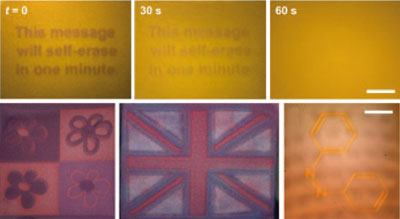More than 5.5 billion kilograms of toxic pollutants were released and transferred by nearly 35,000 industrial facilities throughout North America in 2005, according to new data presented by the US Commission for Environmental Cooperation (CEC).
The group's 10 June report concludes that approximately 90 per cent of this pollution in the US, Canada and Mexico can be traced to 30 substances from 15 industrial sectors, including chemical manufacturing.
The top contributing sectors varied by country, but key culprits in the US were chemicals manufacturing, primary metals and mines. Oil and gas extraction, primary metals and wastewater treatment activities topped Canada's list, and the top polluting sectors in Mexico were metal mines, electric utilities and electrical equipment manufacturing.
Overall, the report found that the North American petroleum industry was responsible for a quarter of the toxic pollutants reported by all sectors in 2005, the most recent year for which data was available.
The US accounted for more than 80 per cent of all reporting facilities, versus 12 per cent for Canada and 6 per cent for Mexico. Of the pollutants reported, several - including lead, arsenic and nickel - are known or suspected carcinogens and developmental or reproductive toxicants, as well persistent, bioaccumulative and toxic substances.
Results from this latest report, however, do seem to support findings from a 2007 CEC study that toxic releases in the US and Canada are dropping. Releases fell by 15 per cent between 1998 and 2004, a pattern that appears to have continued according to the latest findings.
'We do intend to take a look again at those sorts of trends in the future for all three North American countries,' project coordinator Danielle Vallee tells Chemistry World. 'We might examine specific pollutants of concern, like the mercuries, leads, and others that people might think to prioritise a bit more.'
Interestingly, while there was a 50 per cent increase in the number of facilities reporting toxic releases and transfers in Canada between 1998 and 2005, in the US the number fell by 11 per cent. Some of these US facilities may no longer exist, or alternatively, CEC suggests that production may have been lower in 2005, falling below the annual reporting threshold of 11,000 kg for many chemical substances.
Comparing chemical releases and transfers across North America is complicated by differences in industrial makeup, pollutant coverage and reporting requirements of the three countries. There is also variation in terms of methods used to estimate releases, and the accuracy of reporting.
Nevertheless, the CEC - an international organisation created under the North American Agreement on Environmental Cooperation - suggests that its report can provide insight into further actions required to enhance international comparability of chemical release data and improve understanding of industrial pollution in North America.
Rebecca Trager, US correspondent for Research Europe
Interesting? Spread the word using the 'tools' menu on the left.
































.jpg)



